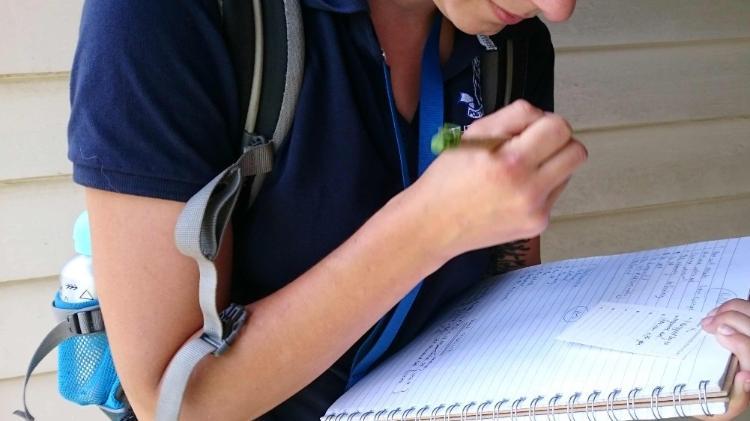Community Engagement for Disaster Risk Reduction (CEDRR): A novel mixed methods approach for measuring useful impacts and spill over effects - Presenter: Dr Peter Kamstra - Postdoctoral Research Fellow, University of Melbourne

ACCESS Seminar
-
-
-
Online zia Zoom
Abstract:
Engaging communities for disaster risk reduction is a challenge of international significance, with few methods available to measure the impacts of engagement, whether communities find the impacts useful, or whether impacts spillover to non-participants. We developed a mixed methodology that aims to build relationships with participants to facilitate responses, while simultaneously nurturing interest in follow-up interviews – six months following the initial engagement – when useful impacts can be realized and measured. Rather than assuming community ‘education’ influences behavior change, this mixed methodology centers on the experiences, willingness, and capacities of households to reduce risk. This paper contributes a replicable methodology to mixed methods research that satisfies a need for rigorous analyses of (useful) impacts, while attending to individuals’ experiences of risk.
Biography:
Doctor Peter Kamstra is a post-doctoral research fellow in the School of Geography, Earth and Atmospheric Sciences at the University of Melbourne, Australia. His research uses spatial analytics and community engagement methodologies to mitigate risk. His work produces applied insights that can be used to improve community mental health services, flood risk mitigation and drowning prevention. His current research explores community engagement for flood risk reduction with an emphasis on mixed methods GIS-based analyses.